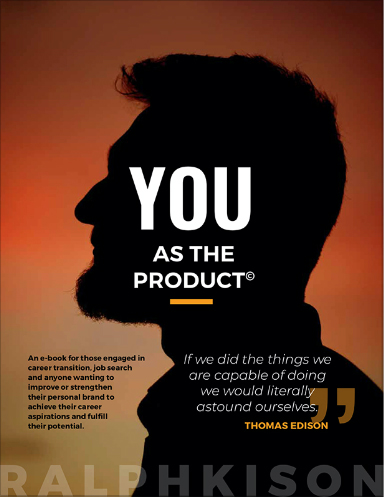Everyone loves a good story whether it is about how someone overcame a challenge; how something that appeared to be bad turned out good or something good got even better. The classic Hollywood story line where the good guy gets the girl and they live happily ever after provides a break from the challenges of life but falls short of inspiring us to change. On the other hand, the stories we watch on TED Talks and some we may even find on YouTube, can touch us at a deep level by disturbing, challenging, motivating or inspiring us to reach higher and make a difference.
Over the past several years I have intentionally been including more stories in my presentations, coaching sessions and general conversations with family and friends. They have caused deeper connection, caused others to open up and share their experiences and ultimately made me more real and credible. The best thing about all this is I haven’t done anything but be myself.
As a leader, the next time you want to motivate, persuade, or be remembered, start with a story about a personal struggle and triumph you’ve overcome. Doing this will not only capture the minds of the listeners your followers, but more importantly, their hearts as well.
Recently, I came across a frame work for designing a powerful story based on Freytag’s Pyramid . http://en.wikipedia.org/wiki/Dramatic_structure. Freytag states that the plot of a story must consist of the following five parts: exposition, rising action, climax, falling action and resolution (Denouement).

This model has been used as far back as Shakespeare to engage and connect with the audience. If it worked for him – we’re still talking about him and reading his material – why not try it for your next presentation or speech to your staff or fellow leaders.
The most successful stories move beyond connecting with the head or logic and impact and touch the heart and our emotions. People will remember how the story made them feel and what it caused them to do, more than all the data and statistics that were presented. They can always refer back to the handout or financial statement for that information.
Companies will spend millions of dollars and use the five step formula to create a mini story in the form of a 30 second ad that will reach us and move us to support their brand and buy their products. Here’s a great example of a Super Bowl ad that does just that.
For your next leadership meeting, create a story that moves beyond focusing solely on quantitative results, statistics and measurable outcomes. The “facts” may make for a solid case and logically support your position, which is important, but they do nothing to engage your audience or staff at a deep personal level. Storytelling is powerful because, if done well, it enables you to create a vision for a positive outcome; promises an improved result or simply makes you more credible and real, and inspires people to follow you.


Recent Comments